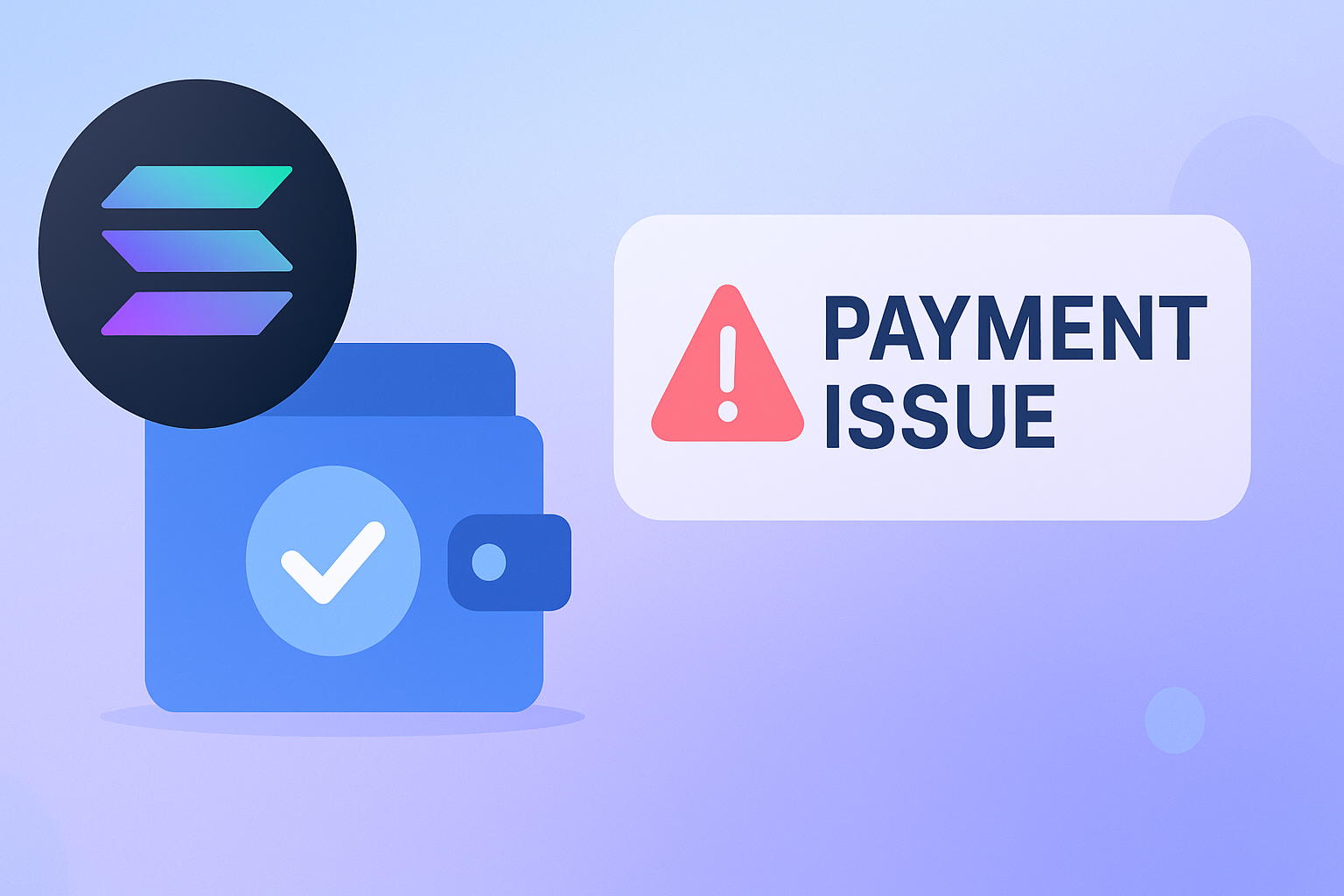Web scraping is a double-edged sword. On one hand, it helps with valuable data collection; on the other, it’s a real headache for website owners who want to protect their content from being harvested without permission. If you’ve ever noticed unauthorized traffic, unusual server strain, or even your site’s content showing up elsewhere, it's time to think about defending your website from scrapers.
Here’s a list of tried-and-tested steps to safeguard your website from web scraping:
1. Use CAPTCHA and User Interaction Challenges
CAPTCHAs are great at blocking bots from accessing your site. Since web scrapers try to mimic human behavior, adding challenges that require real human input—like solving CAPTCHAs or performing specific actions—can stop many bots in their tracks. If a scraper can’t bypass the CAPTCHA, it'll fail to make requests, cutting down automated traffic.
How to Implement:
- Add CAPTCHAs during key interactions (like logins, form submissions).
- Use challenges that require physical clicks or typing.
2. Limit Request Rates
A sudden surge in requests from a single source can be a sign of scraping. Rate limiting caps the number of requests a user or IP address can make in a given timeframe. If a user exceeds this limit, you can block or slow them down temporarily.
How to Implement:
- Use rate-limiting middleware or plugins.
- Set dynamic limits based on user behavior.
- Allow flexibility for authenticated users.
3. Block Known Scraping Bots
Many bots use identifiable user-agents, like Googlebot or AhrefsBot. Blocking these known bots can help reduce scraping. Regularly updating your bot-blocking list will keep new ones in check.
How to Implement:
- Add bot user-agents to your file or firewall.
.htaccess - Use services like Cloudflare to maintain an updated list of bot agents.
4. Use Honeypots
Honeypots are invisible traps that regular users won’t see, but bots will. Bots may interact with these fields, giving you a way to detect and block them when they do.
How to Implement:
- Add hidden input fields that real users won't interact with.
- Monitor traffic to specific URLs meant only for bots, then block suspicious IPs.
5. Rotate Content
If you notice scrapers targeting the same data, rotating your content can disrupt them. Regularly changing or randomizing element IDs, class names, or URL structures can make it hard for scrapers to keep up.
How to Implement:
- Randomize class names or IDs for certain elements.
- Dynamically alter page structures to make scraping difficult.
6. Monitor Traffic for Suspicious Patterns
Watching incoming traffic closely is key. If you see traffic spikes, users visiting too many pages too quickly, or repeated requests from the same IP, it's time to investigate. Automated alerts can help catch scrapers in real time.
How to Implement:
- Use analytics tools to spot unusual traffic behavior.
- Use a web application firewall (WAF) to block malicious traffic.
7. Obfuscate Data
Some scrapers specifically target structured data like product details or prices. Obfuscating this data can make it harder for bots to collect while keeping it readable for humans.
How to Implement:
- Use JavaScript to load content dynamically instead of embedding it directly in the HTML.
- Encode sensitive data and use client-side rendering tools to display information only when needed.
8. Use Anti-Scraping Services
Several services specialize in blocking scrapers. These platforms offer real-time protection by analyzing traffic and deploying advanced techniques like behavior-based blocking, fingerprinting, and serving CAPTCHAs to suspicious visitors.
9. Legal Action and Terms of Service
Don’t forget the legal side of things. Your website’s Terms of Service should clearly prohibit unauthorized scraping. If your content is scraped, you’ll have the legal ground to issue takedown notices or take further action.
How to Implement:
- Update your Terms of Service with no-scraping clauses.
- Use DMCA takedown notices when your content appears elsewhere.
Conclusion
Protecting your website from web scraping is an ongoing challenge that requires a mix of technical, legal, and behavioral strategies. By following these steps, you can significantly reduce scraping activity, secure your data, and better control access to your website. While it’s nearly impossible to block all scrapers, these methods will help minimize their impact and protect your online assets.
By making small adjustments and regularly updating your defenses, you’ll stay one step ahead of web scrapers, preserving the integrity of your website and its content.





